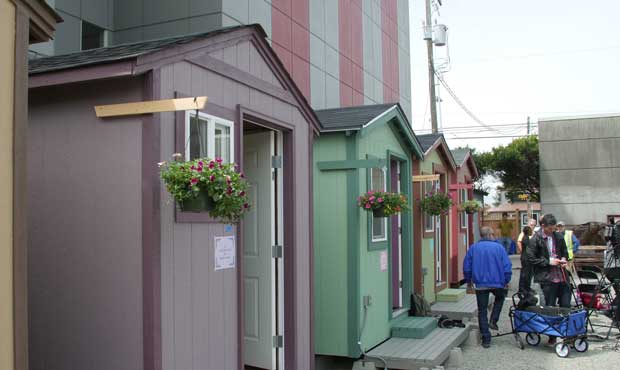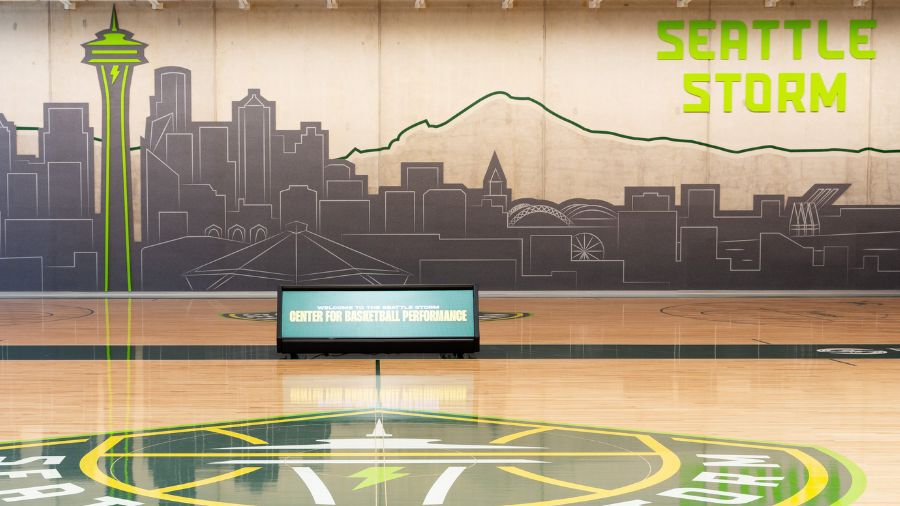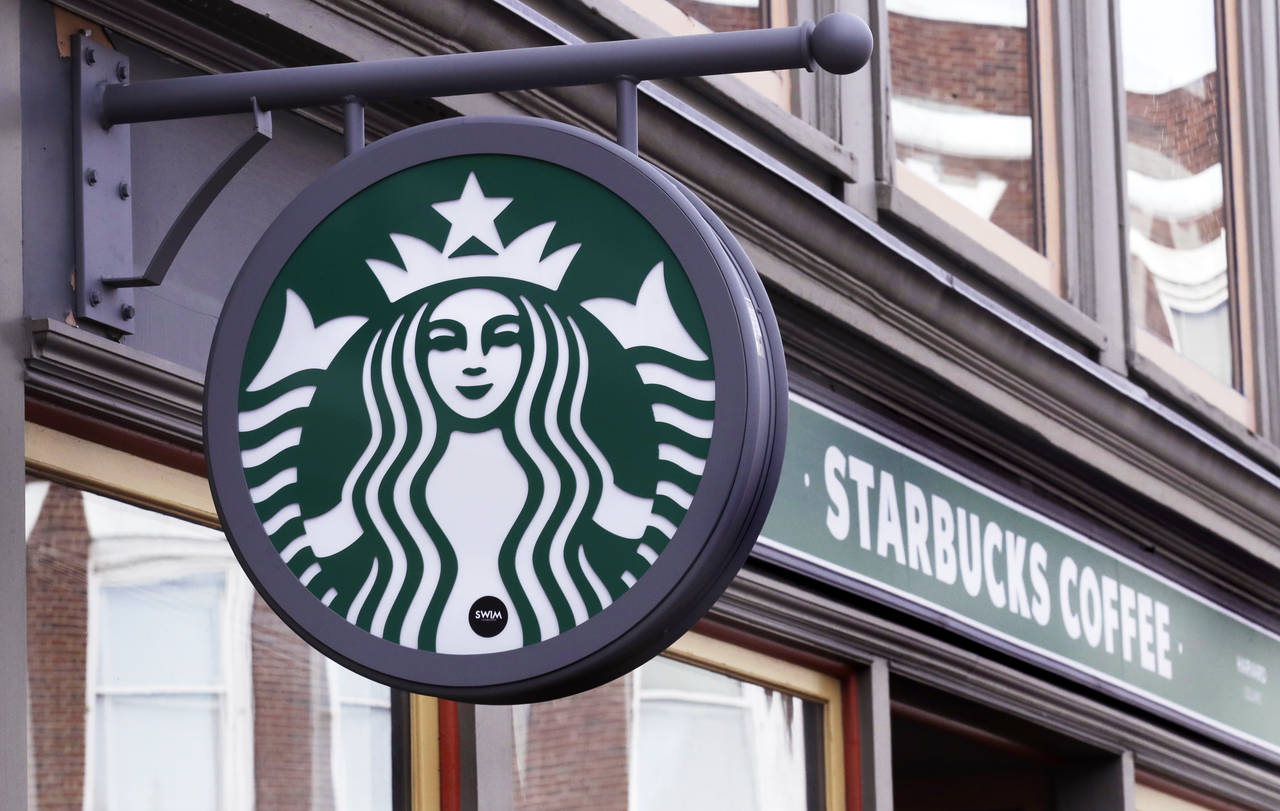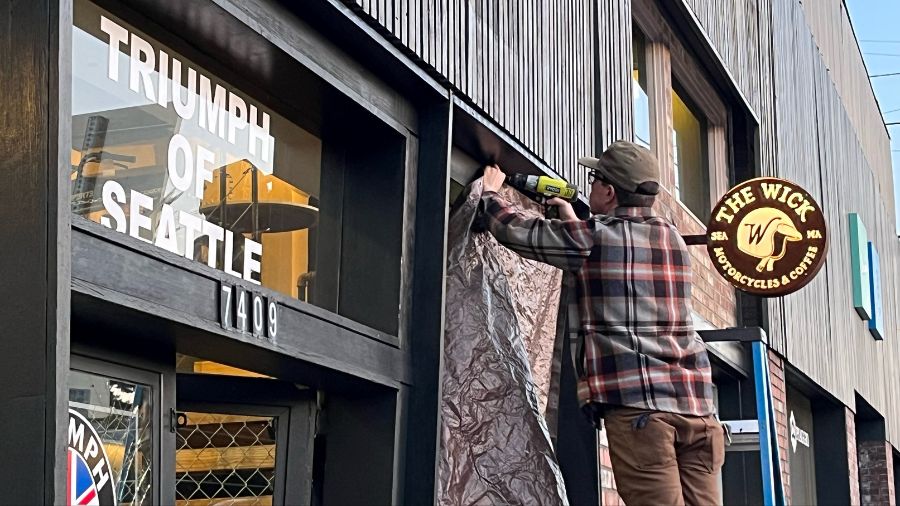Seattle mayor releases aggressive new homeless plan
May 30, 2018, 10:28 AM | Updated: 1:39 pm
Seattle’s mayor has an aggressive new homeless plan to quickly increase the city’s shelter and temporary housing capacity.
RELATED: Homeless student population hits all time high
The mayor’s office says the plan would get another 525 people either in shelters or temporary housing in the next 90 days. It would be a 25 percent increase over what the city currently has.
“Until we have more affordable housing, we will not see an end to this crisis,” Mayor Jenny Durkan said Wednesday. “But we can’t wait as we move on every front. So this plan we have today is to deal with every part of it.”
The plan includes:
- Adding 180 enhanced shelter beds where people can also get connected with services.
- That breaks down into 80 beds at existing sites such as the Navigation Center, and temporary housing for 100 people at a Belltown apartment building.
- The basic shelter at city hall would increase capacity to 120 people by the end of June.
- 16 tiny homes would be added to a new women-only village in Ballard.
- 84 tiny homes would open in new villages — one at Eighth and Roy in South Lake Union, and another in the Central District at 18th and Yesler.

Tiny houses on display May 30, 2018 as Seattle Mayor Jenny Durkan announced an increased effort to address homelessness with the homes. (Matt Pitman, KIRO Radio)
During the latest one-night count, 11,643 homeless people in Seattle and King County as a whole. The bulk of the homeless population was found to be within Seattle’s city limits, with 3,857 unsheltered and 4,665 sheltered.
Updating Seattle’s homeless plan
The new homeless plan will also include funding for 163 shelter beds that were previously slated to close down this May. This will keep the total number of city-run shelter beds at 2,032 (beds, tiny houses, etc.). Seattle’s sanctioned encampments and shelters are at least at 93 percent capacity every night, according to the mayor’s office.
In 2017, Seattle spent $54 million to address the homeless crisis in the city. Of that, 50 percent went to emergency programs and 34 percent went to permanent housing support. See how all the money breaks down here.
RELATED: Council approves head tax on business
According to the city, 672 people were placed in transitional housing within the first three months of this year. That’s 103 fewer people than in 2017. However, the city has sheltered more people this year than last year, as well as getting more people into permanent supportive housing. The city has also increased its outreach and engagement efforts.
The city notes that shelter capacity is at 93 percent every night.
Under Durkan’s 90-day plan, the city would invest $6.3 million to increase shelter capacity. Another $2 million would be spent to maximize housing options for those on the verge of homelessness. And $3.2 million would be spent on affordable housing.
Durkan’s plan is pending approval from the city council.













